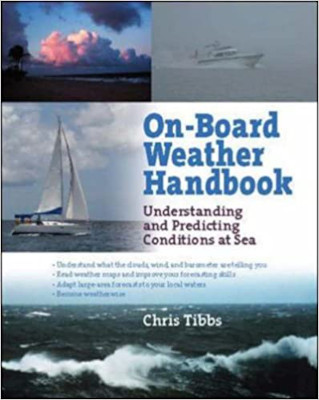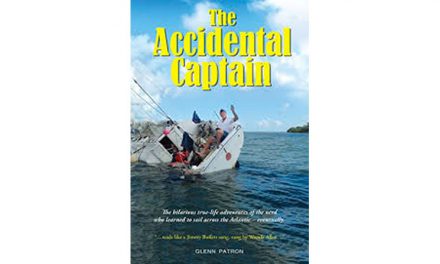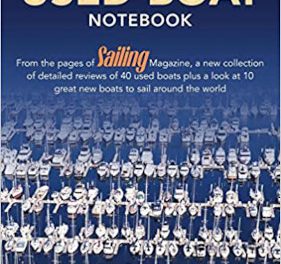 Sitting in the cockpit of a sailboat watching the changing skies can be both a peaceful pastime and a perplexing one. What’s causing that cloud formation? What does it mean? What triggered that late evening storm? Combining his more than 250,000 miles of sea experience with his expertise in meteorology and as a trained forecaster, Chris Tibbs shows you how to answer these questions and many more.
Sitting in the cockpit of a sailboat watching the changing skies can be both a peaceful pastime and a perplexing one. What’s causing that cloud formation? What does it mean? What triggered that late evening storm? Combining his more than 250,000 miles of sea experience with his expertise in meteorology and as a trained forecaster, Chris Tibbs shows you how to answer these questions and many more.
In clear, unaffected prose, Chris patiently explains potentially confusing meteorological facts and phenomena. He begins with weather theory and looks at global circulation of air, then concentrates on progressively smaller areas down to micrometeorology. This is the small area where coastal features are significant and sea breezes are likely.
It also includes the environment and circulation around individual clouds. These are the conditions that we see and in which we sail. As an example, with the passage of a warm front/cold front combination, Chris clearly points out the early indicators, as well as what to expect in the way of cloud formations, precipitation, wind speed and direction, temperature, and barometric pressure. He also demonstrates how to interpret forecasts, conduct our own real-time observations, and how to use this information to make accurate predictions for our own sailing areas.
In addition to its easily read prose, Onboard Weather Handbook is magnificently illustrated with drawings, charts, tables, and spectacular color photographs. As a plus, the book is stuffed full of thought-provoking factoids and helpful rules-of-thumb. These make for a truly handy onboard weather reference book.
The most obvious uses for this book are in the planning stages of a voyage, as well as when underway. However, for the curious but not-so-meteorologically-inclined sailor who’s looking for some insight into weather, Onboard Weather Handbook is a great introduction.
The book was originally developed for the Royal Yachting Association, one of the world’s foremost authorities on smallboat seamanship. It has since been expanded and revised especially for North American sailors and includes short descriptions of weather likely to be found around the U. S. — East Coast to West Coast and the Great Lakes to the Gulf of Mexico.
Nowhere is weather of greater concern than when we’re on the water. Onboard Weather Handbook is an essential guide for the sailor who doesn’t just want to experience weather, but desires to become more weather-wise. I consider it a mustread, both for the novice sailor as well as the “old salt.”
Onboard Weather Handbook by Chris Tibbs (International Marine, 2008; 156 pages)




